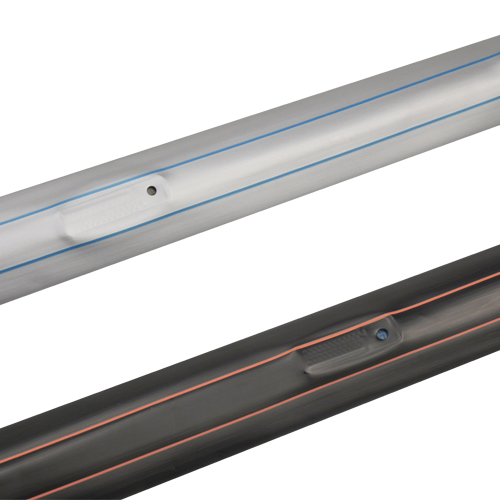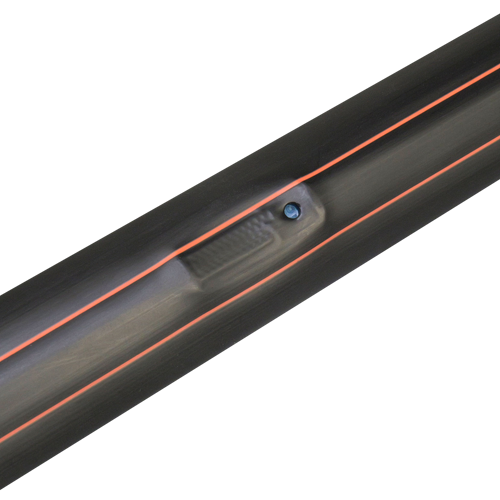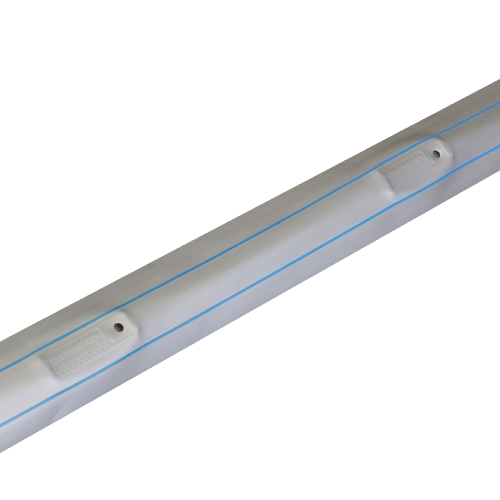الري بالتنقيط منخفض التدفق: تغيير جذري في استخدام المياه بكفاءة في الزراعة الحديثة
الري بالتنقيط منخفض التدفق: تغيير جذري في استخدام المياه بكفاءة في الزراعة الحديثة
مع تقدم التحديث الزراعي، أصبح الاستخدام الفعّال للموارد المائية مصدر قلق عالمي بالغ الأهمية. ومن بين تقنيات الري المختلفة، يبرز الري بالتنقيط منخفض التدفق كحل رئيسي نظرًا لفوائده المتميزة في توفير المياه، وتوصيل المغذيات بدقة، والود البيئي.
ما هو الري بالتنقيط منخفض التدفق؟
الري بالتنقيط منخفض التدفق هو نظام يقوم بتوصيل المياه والمغذيات مباشرة إلى جذور النباتات من خلال الأنابيب والناشرات بمعدلات تدفق وضغط منخفضين. وتشمل ميزاته الرئيسية الحد الأدنى من تدفق المياه والتغطية الواسعة، مما يتيح توصيل المياه بدقة مع تقليل الهدر.
مزايا الري بالتنقيط منخفض التدفق
1. توفير استثنائي للمياه
يمكن أن يوفر الري بالتنقيط منخفض التدفق أكثر من 50% من المياه مقارنة بأساليب الري التقليدية. فمن خلال توصيل المياه مباشرة إلى منطقة الجذر بكميات صغيرة ودقيقة، فإنه يقضي على الخسائر الناجمة عن التبخر أو الجريان السطحي، مما يزيد من كفاءة استخدام المياه.
2. الري الدقيق
يتيح النظام التحكم في تدفق المياه وتوقيت الري لتلبية الاحتياجات المحددة للمحاصيل المختلفة. ويعمل هذا النهج المصمم خصيصًا على تعزيز نمو النباتات الصحي مع تحسين الغلة والجودة.
3. توصيل المياه والأسمدة بشكل متكامل
يمكن للري بالتنقيط منخفض التدفق أن يذيب الأسمدة في مياه الري ويوزعها بالتساوي على جذور المحاصيل. وهذا يحسن كفاءة امتصاص العناصر الغذائية مع تقليل هدر الأسمدة.
4. يقلل من تآكل التربة
على عكس الري التقليدي عالي الحجم، والذي يمكن أن يؤدي إلى تآكل التربة، فإن الري بالتنقيط منخفض التدفق يسلم الماء بلطف وببطء، مما يحافظ على بنية التربة ويحسن جودتها بمرور الوقت.
5. تطبيق واسع النطاق
الري بالتنقيط منخفض التدفق مناسب لمجموعة متنوعة من المحاصيل، بما في ذلك الخضراوات والفواكه والزهور والمحاصيل النقدية. وهو يعمل بشكل استثنائي في كل من البيوت الزجاجية والحقول المفتوحة، مما يُظهر تنوعه.
كيف يمكن تحقيق الكفاءة من خلال الري بالتنقيط منخفض التدفق؟
يكمن السر في تصميمها الدقيق والابتكار التكنولوجي. تضمن أشرطة التنقيط عالية الجودة والباعثات تدفقًا موحدًا وتوصيلًا دقيقًا للمياه. على سبيل المثال، يتميز شريط التنقيط منخفض التدفق من DripMax بمعدلات تدفق ثابتة وقدرات طول ممتدة، مما يجعله مناسبًا للتضاريس والمحاصيل المتنوعة. بالإضافة إلى ذلك، يمنع تصميم الجدار الداخلي الخاص به الانسداد بشكل فعال، مما يعزز كفاءة الري.
مستقبل الري بالتنقيط منخفض التدفق
مع تطور التكنولوجيا الزراعية، من المتوقع أن يصبح الري بالتنقيط منخفض التدفق أكثر ذكاءً وأتمتة. ومن خلال دمج إنترنت الأشياء وأنظمة التحكم الذكية، ستمكن حلول الري بالتنقيط المستقبلية من المراقبة والإدارة عن بعد، مما يسمح بإجراء تعديلات في الوقت الفعلي على خطط الري. وسيؤدي هذا إلى تحسين استخدام الموارد ودعم الزراعة المستدامة.
الاستنتاج
إن الري بالتنقيط منخفض التدفق ليس مجرد تقنية ري موفرة للمياه فحسب، بل إنه أيضًا أداة حيوية لتعزيز الإنتاجية وحماية البيئة في الزراعة الحديثة. إن تبني الري بالتنقيط منخفض التدفق يعني الالتزام بالممارسات الزراعية المستدامة وإدارة الموارد بشكل أفضل.
اجعل كل قطرة ماء ذات قيمة - ابدأ بالري بالتنقيط منخفض التدفق اليوم!




